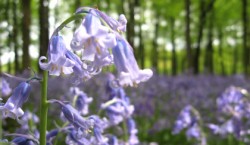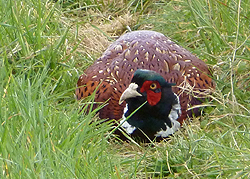 So close to London its hard to imagine that such a wonderful haven for wildlife could co-exist with busy commuter life.
So close to London its hard to imagine that such a wonderful haven for wildlife could co-exist with busy commuter life.
Indeed there are some species that have become indelibly associated with the Chilterns such as the glis glis introduced as an escapee from the Rothschild Estate or the red kite reintroduced more recently and now a common site wheeling above the Chilterns.
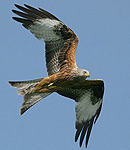
Though buzzards, sparrowhawks and kestrels thrive in the Chilterns the red kites have really established the chalk slopes as their home. The reintroduction programme has been a model success and the red kites are now spreading further afield from their Chilterns foothold.
The Chiltern Hills are still lucky to have a large amount of beechwoods interspersed with chalk meadows and chalk streams in several valleys. This means that amongst the commuter villages and towns the area still supports a good variety of wildlife.
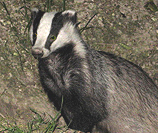
In the Chilterns it is not unusual to see both fallow deer and muntjac on virtually any stroll through the woods. At night you can still hear wild country foxes barking across the hills, see the ghostly swoop of the barn owl and encounter old favourites the badger and hedgehog reassuringly frequently.
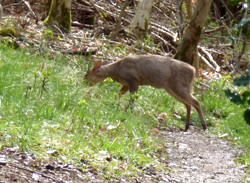
In May there’s nowhere better to see bluebell woods than the Chilterns. The summer months bring rare butterflies and orchids to the chalk downland. In autumn the beech trees are magnificent. And even in February the tops of the Chilterns are often covered in snow where the Vale of Aylesbury below has none.
